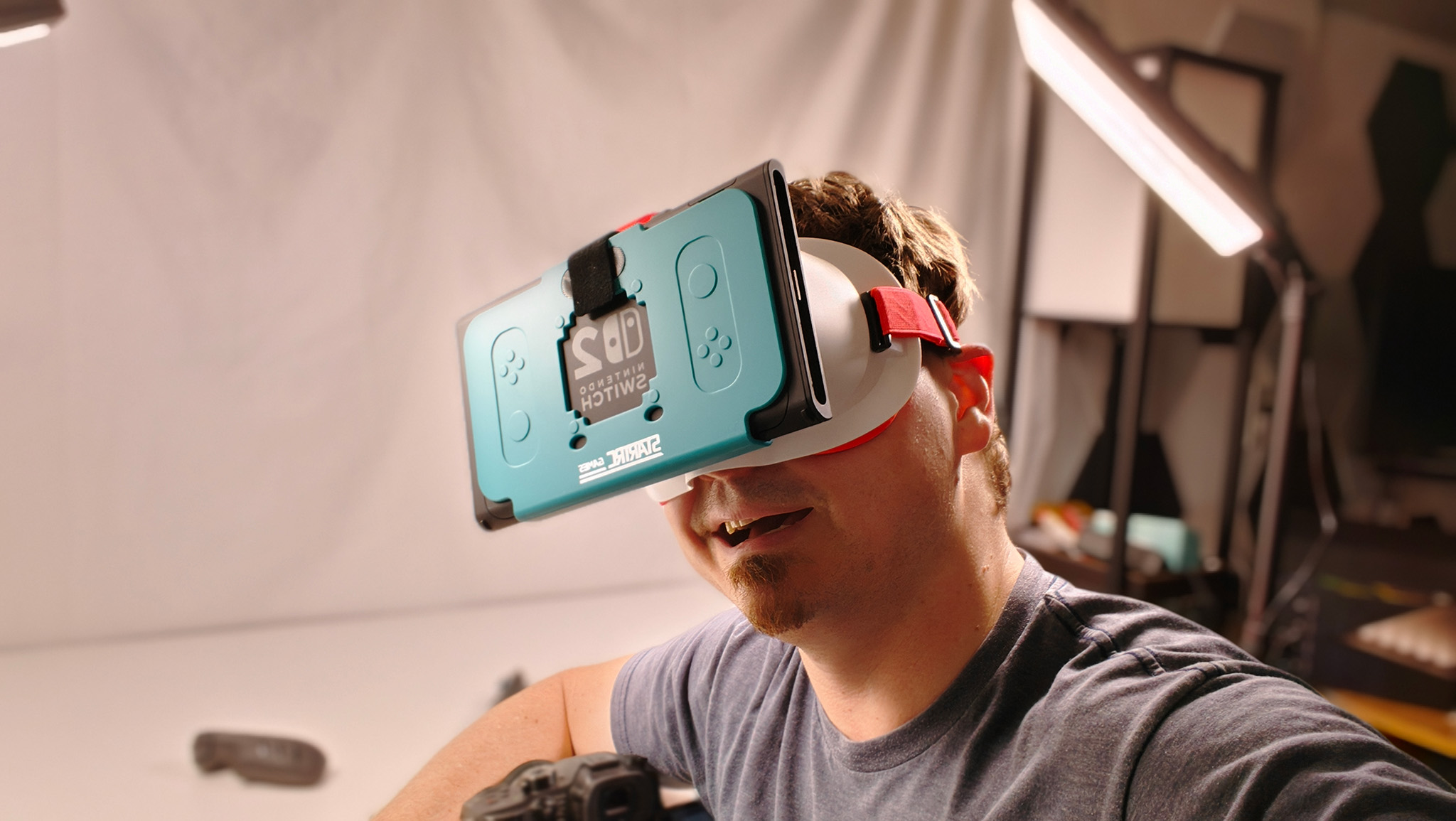Samsung Galaxy Note 10+ vs. OnePlus 7 Pro: Which should you buy?

OnePlus 7 Pro
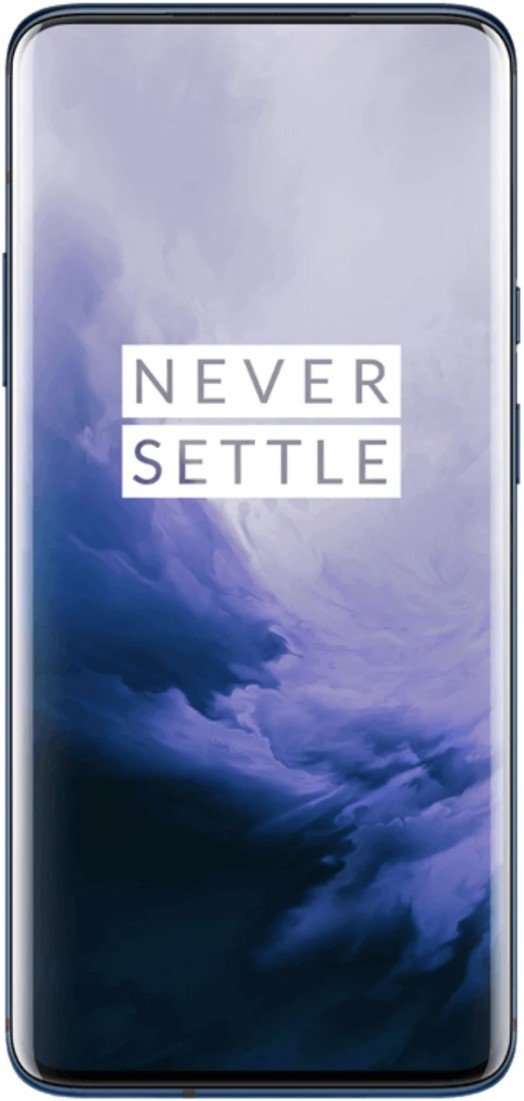
The OnePlus 7 Pro is going from strength to strength: a slew of updates have made the camera much better, and OxygenOS continues to be the best third-party skin around. The phone itself is one of the fastest money can buy today, and you have to see the 90Hz display to understand just how good it is. Combine that with an enticing discount and it's an absolute bargain.
OnePlus 7 Pro
90Hz goodness
Samsung Galaxy Note 10+
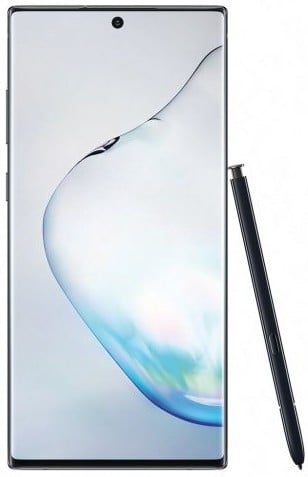
Samsung made several key changes for the Note 10+, including a gorgeous new gradient design, 45W fast charging, and 15W wireless charging. The internal hardware has also been refreshed. The phone also has IP68 water resistance, a microSD slot. Then there's the S Pen, which is a standout feature on the Note line.
Samsung Galaxy Note 10+
S Pen FTW
The Note 10+ is one of the costliest phones available today. Sure, it has a ton of new features and a sexy new design, but that is a ridiculous amount of money for a phone. That's where companies like OnePlus come in. The OnePlus 7 Pro offers most of the same features, but for several hundred dollars less. And after using both phones side-by-side, I'm struggling to understand why the Note 10+ carries such a hefty premium.
The Note 10+ has more features, but you won't use them
Both the Note 10+ and OnePlus 7 Pro have attractive metal-and-glass designs, with Samsung in particular introducing a stunning new gradient effect on the Aura Glow option. As you can see from the photo above, there's a lot going on at the back — the colors shift wildly based on light reflecting off of the glass, and it's mesmerizing. Samsung also trimmed the bezels considerably, and with the dual-curved screen the Note 10+ gets pretty darn close to achieving an all-screen front. Shame about that camera cutout though; it's centered now, but it still comes in the way when you're playing a game or watching a video.
Both phones are massive and unwieldy, but the Note 10+ is particularly irritating with a power button on the left.
OnePlus decided to go with a retractable module for the front camera, leading to a cleaner design at the front. The thin bezels combined with the notchless design make it particularly great for playing games. When it comes to usability, these are two of the biggest phones in the market today, and the fact that both of them have dual-curved screens doesn't make things any easier.
The OnePlus 7 Pro is marginally taller and almost a millimeter thicker than the Note 10+ even though it has a smaller battery (4000mAh versus 4300mAh) and a smaller screen. It's also 10g heavier, and while the retractable camera module adds to the weight, there are several phones that have the same module but aren't as unwieldy.
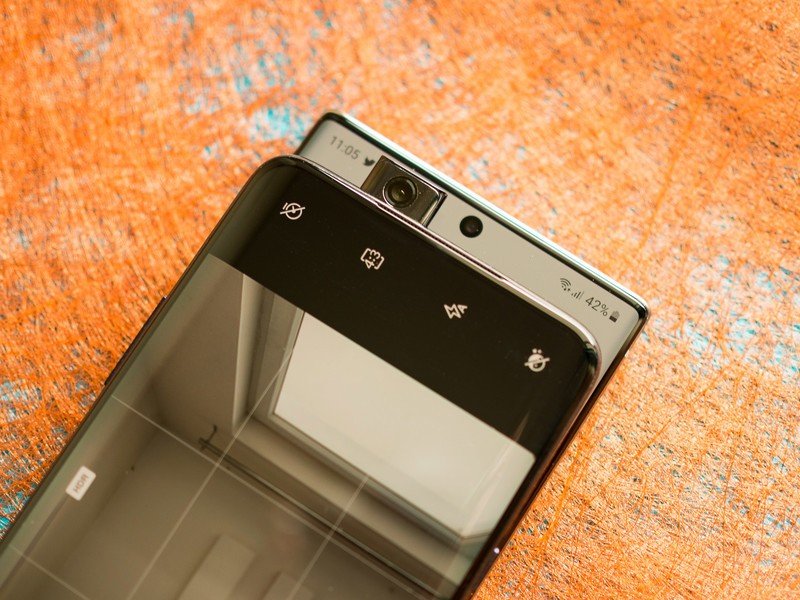

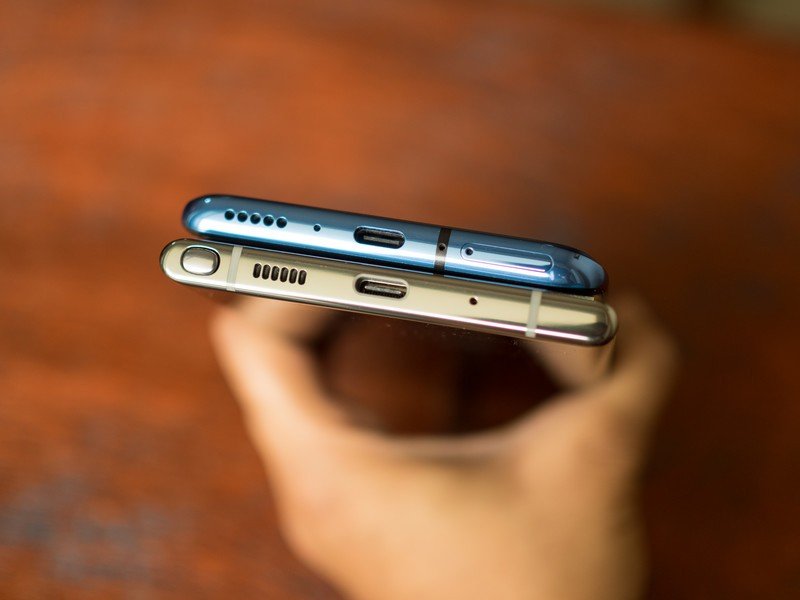

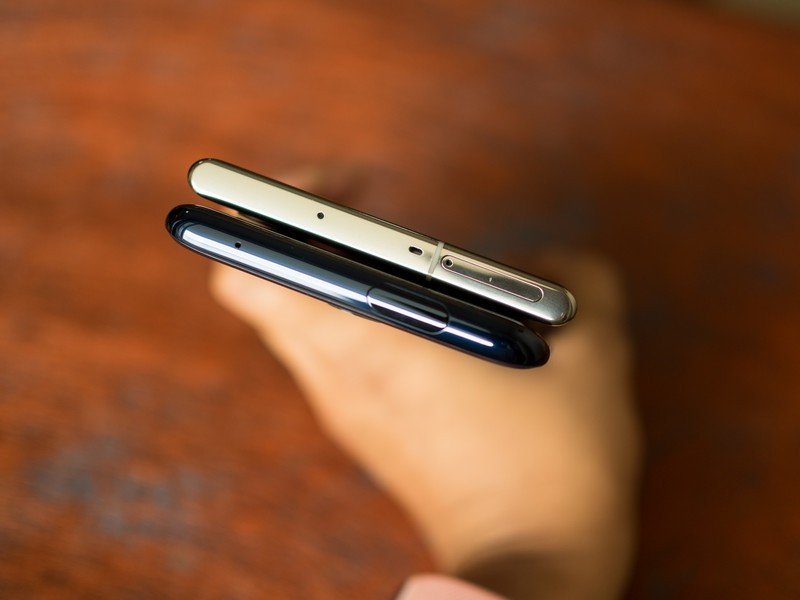

The Note 10+ meanwhile, is quite wide at around 3 inches (77.2mm versus 75.9mm for the OnePlus 7 Pro), and it ends up looking like a big rectangular slab. However, what's more frustrating is the fact that the phone has the power button on the wrong side. I cannot put in words how annoying this is when using two phones side-by-side: now that I've used the Note 10+ for two weeks, I inevitably hit the volume button whenever I try to wake the screen on any other phone. This is a stupid move, Samsung.
Get the latest news from Android Central, your trusted companion in the world of Android
Rounding out the design, neither device has a 3.5mm jack, so if you're interested in wired audio, you'll have to use a dongle. OnePlus provides one in the box, but Samsung hasn't seen fit to do so; never mind the fact that you're paying nearly a $1,000 for the phone.
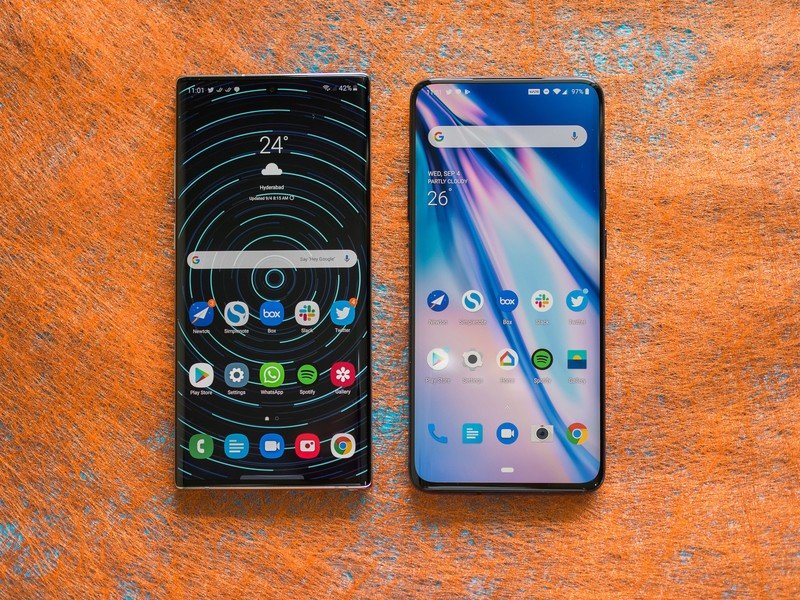
| Header Cell - Column 0 | OnePlus 7 Pro | Samsung Galaxy Note 10+ |
|---|---|---|
| Operating system | Android 9.0 Pie OxygenOS 9.5.7 | Android 9.0 Pie One UI 1.5 |
| Display | 6.67-inch Fluid AMOLED 90Hz 3120x1440 (19.5:9) 90Hz, HDR10+ Gorilla Glass 6 | 6.8-inch Dynamic AMOLED, 3040x1440 (19.5:9) HDR10+ Gorilla Glass 6 |
| Chipset | Snapdragon 855 1 x 2.84GHz Kryo 485 3 x 2.41GHz Kryo 485 4 x 1.78GHz Kryo 485 Adreno 640 7nm | Snapdragon 855 (NA, China) Exynos 9825 (ROW) |
| RAM | 6GB/8GB/12GB LPDDR4X | 12GB LPDDR4X |
| Storage | 128GB/256GB UFS3.0 | 256GB/512GB UFS3.0 |
| MicroSD slot | No | Yes |
| Rear camera 1 | 12.2 MP, f/1.8 1.4um, OIS Dual Pixel PDAF | 12MP f/1.5-2.4, OIS 77° FoV |
| Rear camera 2 | 8MP, f/2.4 OIS, telephoto | 12MP, f/2.1, OIS telephoto 45° FoV |
| Rear camera 3 | 16MP, f/2.2 117° FoV | 16MP, f/2.2 Wide-angle 123° FoV |
| Rear camera 4 | No | VGA f/1.4, 72° FoV |
| Front camera | 16MP, f/2.0 | 10MP, f/2.2, 80° FoV auto focus |
| Connectivity | Wi-Fi ac 2x2 MIMO, Bluetooth 5.0 AptX HD, LDAC, NFC, A-GPS | Wi-Fi ax 2x2 MU-MIMO, Bluetooth 5.0 LE AptX HD, LDAC, NFC, GPS |
| Audio | USB-C Stereo speakers | USB-C Stereo speakers |
| Battery | 4000mAh Non-removable | 4300mAh Non-removable |
| Charging | USB-C 3.1 30W | USB-C PD 45W 15W wireless charging |
| Water resistance | No | IP68 |
| Security | In-display fingerprint (optical) | In-display fingerprint (ultrasonic) |
| Dimensions | 162.6 x 75.9 x 8.8mm 206g | 162.3 x 77.2 x 7.9 mm 196g |
| Colors | Mirror Gray, Nebula Blue, Almond | Aura Glow, Aura White, Aura Black, Aura Blue |
The Note 10+ does have a few redeeming qualities, key among which is the display. Samsung is the leader in the mobile display segment, and it reserves the best panels for its own flagships. Samsung has consistently rolled out stunning displays on its flagships over the last three years, and that's unchanged on the Note 10+. Right now, this is the best display you'll find on any phone today. The massive 6.8-inch Dynamic AMOLED panel has incredible colors and contrast, and it is rated for HDR10+. The Note 10+ also has stereo sound, with great audio quality from the built-in speakers.
OnePlus also touts the display as a key selling point for the OnePlus 7 Pro. The device has a 6.67-inch Fluid AMOLED panel with a QHD+ resolution — a first for the brand — but what makes the panel stand out is the 90Hz refresh rate. The high refresh rate makes everyday tasks like browsing and scrolling through your social media feed seem silky smooth. OnePlus devices were always fluid, but the OnePlus 7 Pro is on an entirely different level. Sure, the panel itself may not be of the same caliber as the Note 10+, but the 90Hz refresh rate more than makes up for it.
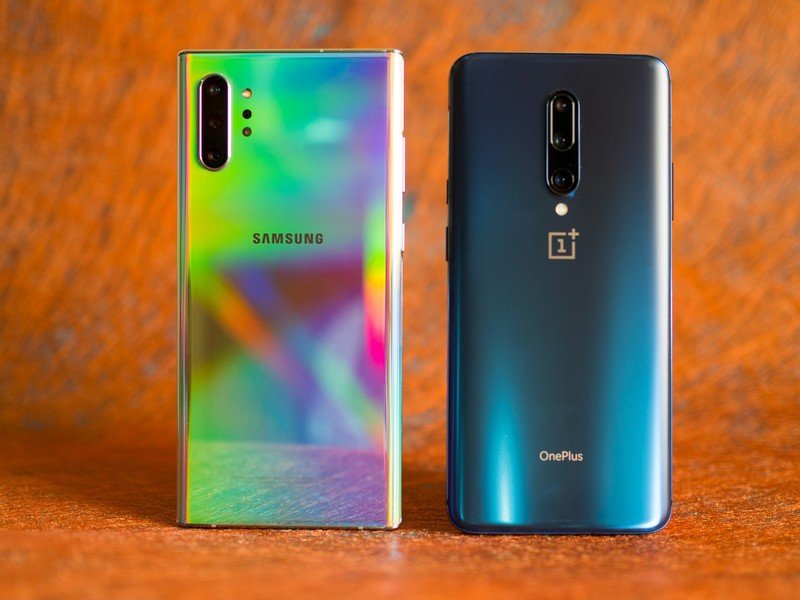
As for the internal hardware, the Note 10+ is running Qualcomm's Snapdragon 855 — same as the Galaxy S10+ — in North America and China, with the global variant featuring the all-new Exynos 9825. The phone also has 12GB of RAM as standard, and you get 256GB of UFS 3.0 internal storage with the base variant. There's also a MicroSD card that slots in a 1TB SD card.
Yes, the Note 10+ has more stuff. No, that's not worth an extra $350.
The performance itself is largely unchanged from the S10+, and One UI is generally fluid. Another differentiator for the Note 10+ is fast charging. After lagging behind in this field for several years, Samsung is finally offering 45W fast charging over USB PD, with the bundled charger going up to 25W. That's still enough to charge the phone in just over an hour. And you also get 15W wireless charging as well as the ability to charge other devices with Wireless PowerShare.
But what makes the Note 10+ truly stand out is the S Pen. Samsung continues to refine the stylus year-on-year, and this time it is offering an Air Commands feature that lets you control actions in specific apps using the S Pen. Finally, you get IP68 dust and water resistance, along with Samsung Pay.
OnePlus has done a decent job with the camera on the OnePlus 7 Pro. That wasn't the case at launch, but several updates over the course of the last two months have ironed out the kinks, and the final image quality is no longer a limiting factor for the phone. Of course, the Note 10+ has a much better camera, and while it isn't quite on the same level as Google, it is the outright winner here.


OnePlus 7 Pro on the left, Galaxy Note 10+ to the right.



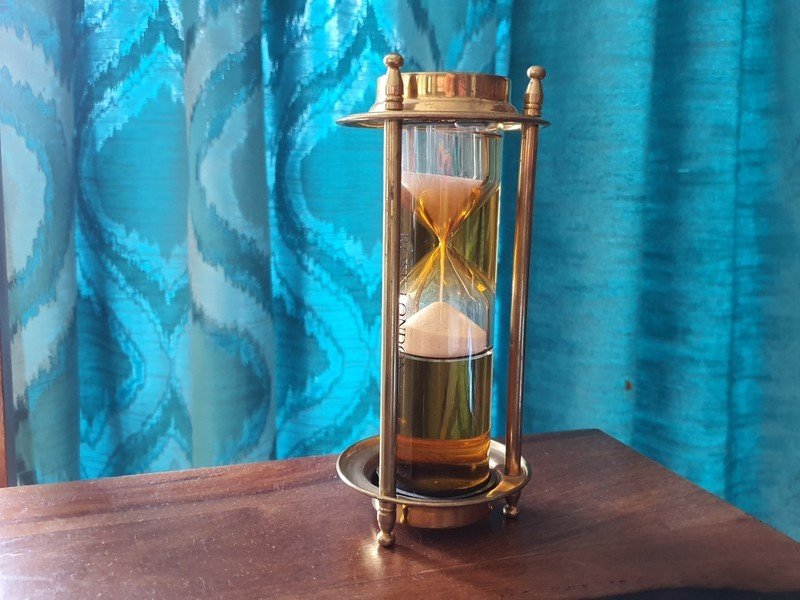

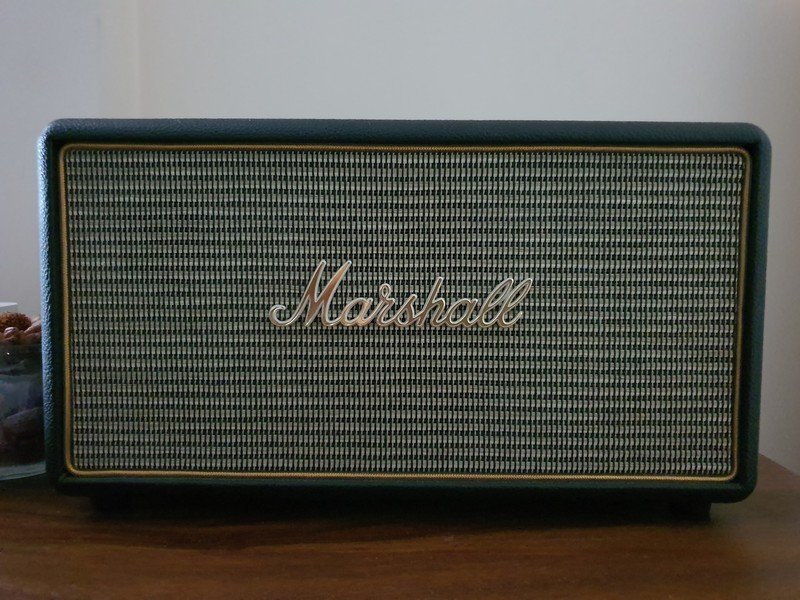
Shots taken from the OnePlus 7 Pro lack dynamic range, and there's a noticeable loss in detail in low or artificial lighting. The tonal balance is also off under artificial lighting, but overall it is a decent showing. The Note 10+ obviously takes better photos and videos, but it isn't without its shortcomings: the front camera doesn't pass muster on a $250 phone, let alone one that costs four times as much.
While it's great that the Note 10+ has so many features, it is missing out in a few areas. The camera isn't quite on the same level as what Google and Huawei are offering right now, and unless you use the stylus a lot, the Note 10+ just isn't worth the money.
OnePlus 7 Pro has everything you actually care about

OnePlus dominates the value space, but this year it decided to take on Google and Samsung with the OnePlus 7 Pro. With a 90Hz display, UFS 3.0 storage, 48-megapixel camera, 30W fast charging, and the latest Qualcomm chipset, the OnePlus 7 Pro absolutely nails the basics.
The OnePlus 7 Pro has top-notch hardware and the best software of any third-party phone.
Hardware has always been a strong point for OnePlus, and the OnePlus 7 Pro is easily one of the fastest phones in the market today. But it's the software that differentiates OnePlus' devices from the pack. OxygenOS is the best third-party skin around, and OnePlus has done a fantastic job adding features while still retaining an interface akin to vanilla Android.
The end result is that the OnePlus 7 Pro absolutely flies at everyday tasks. The base model comes with 6GB of RAM and 128GB of storage, but that's more than adequate in 2019, and the hardware on offer should easily last a few years. The OnePlus 7 Pro has an in-display fingerprint sensor — just like the Note 10+ — and there isn't much to differentiate between either phone in this regard.
There really is only one winner here
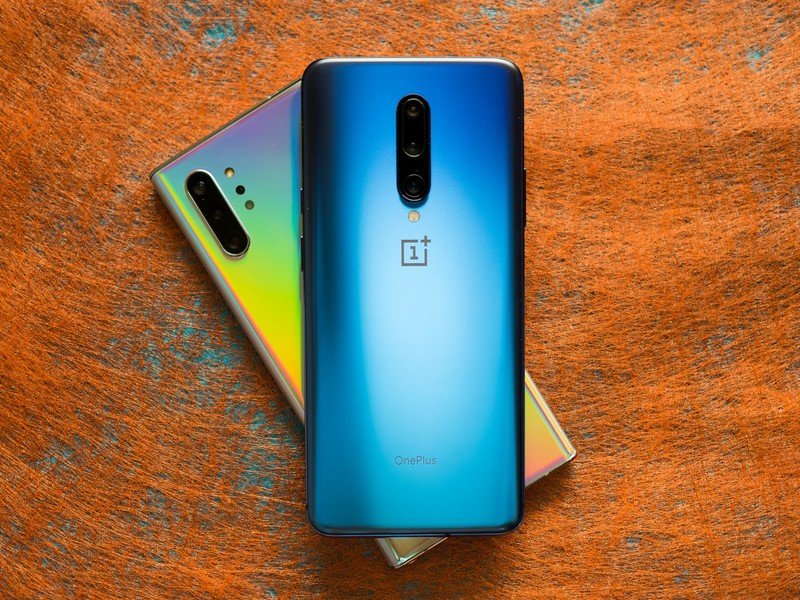
Choosing between the Note 10+ and the OnePlus 7 Pro is fairly straightforward. Samsung introduced a lot of changes this year, but the Note 10+ just doesn't push the needle in any meaningful way to justify its price tag.
If you're in the market for value, the OnePlus 7 Pro is the phone for you.
If you're making the switch from an older Note, the Note 10+ has plenty to offer. It doesn't quite measure up in terms of value, but that has never been the point of the Note line anyway. It is about delivering a robust feature-set for power users, and in that regard the Note 10+ delivers, even though it is lacking a 3.5mm jack.
The OnePlus 7 Pro, meanwhile, makes a strong case for affordable flagships. Coming in at just $549, it has most of the same features as the Note 10+, but you're getting a better software experience and faster updates. In short, this is the phone you should buy.

Everything you need, nothing you don't.
The OnePlus 7 Pro offers everything you're looking for in a phone, and it does so at several hundred dollars less than the competition. That has always been OnePlus' main advantage, and the addition of a 90Hz display and retractable front camera allow OnePlus to stay ahead of its immediate rivals.

Still the most feature-packed phone around.
Samsung got rid of the 3.5mm jack on the Note 10+, but it still is the most feature-rich phone around. The S Pen has a few new tricks, the battery life is much better this time around, and the new gradient design is mesmerizing. You're not buying the Note 10+ for value; the camera is just not good enough for a $1,100 flagship, but if you need a stylus and are upgrading from an older Note, there's a lot to like here.

Harish Jonnalagadda is Android Central's Senior Editor overseeing mobile coverage. In his current role, he leads the site's coverage of Chinese phone brands, networking products, and AV gear. He has been testing phones for over a decade, and has extensive experience in mobile hardware and the global semiconductor industry. Contact him on Twitter at @chunkynerd.
